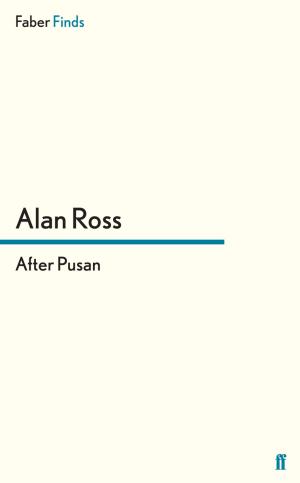| Author: | Alan Palmer | ISBN: | 9780571305889 |
| Publisher: | Faber & Faber | Publication: | June 12, 2014 |
| Imprint: | Faber & Faber | Language: | English |
| Author: | Alan Palmer |
| ISBN: | 9780571305889 |
| Publisher: | Faber & Faber |
| Publication: | June 12, 2014 |
| Imprint: | Faber & Faber |
| Language: | English |
The East End as an idea is known to every Londoner, and to many others, though its boundaries are vague. Alan Palmer's historical overview of the area (first published in 1989 and revised in 2000) takes its extent to be the traditional limits of Hackney and Tower Hamlets, Hoxton and Shoreditch, the docklands and their overflow into West Ham and East Ham. And at the heart of the East End lies Spitalfields, home to a transient, often radical and hard-working population.
Though it is often seen as London's centre of industry and poverty, in comparison to the well-to-do West End, the East End has always been a diverse place: in the seventeenth century, Hackney was a pleasant country retreat; Stepney and the docklands a bustling world of sailors and merchants. The book traces the development of the area from these roots, through the nineteenth century - when the East End became notorious as the home of radicals, exiled revolutionaries and the very poor, its crowded streets the scene of murder, riot and cholera -to the bombing of the first and second world war; and the subsequent decline and regeneration of the twentieth century.
The East End as an idea is known to every Londoner, and to many others, though its boundaries are vague. Alan Palmer's historical overview of the area (first published in 1989 and revised in 2000) takes its extent to be the traditional limits of Hackney and Tower Hamlets, Hoxton and Shoreditch, the docklands and their overflow into West Ham and East Ham. And at the heart of the East End lies Spitalfields, home to a transient, often radical and hard-working population.
Though it is often seen as London's centre of industry and poverty, in comparison to the well-to-do West End, the East End has always been a diverse place: in the seventeenth century, Hackney was a pleasant country retreat; Stepney and the docklands a bustling world of sailors and merchants. The book traces the development of the area from these roots, through the nineteenth century - when the East End became notorious as the home of radicals, exiled revolutionaries and the very poor, its crowded streets the scene of murder, riot and cholera -to the bombing of the first and second world war; and the subsequent decline and regeneration of the twentieth century.















